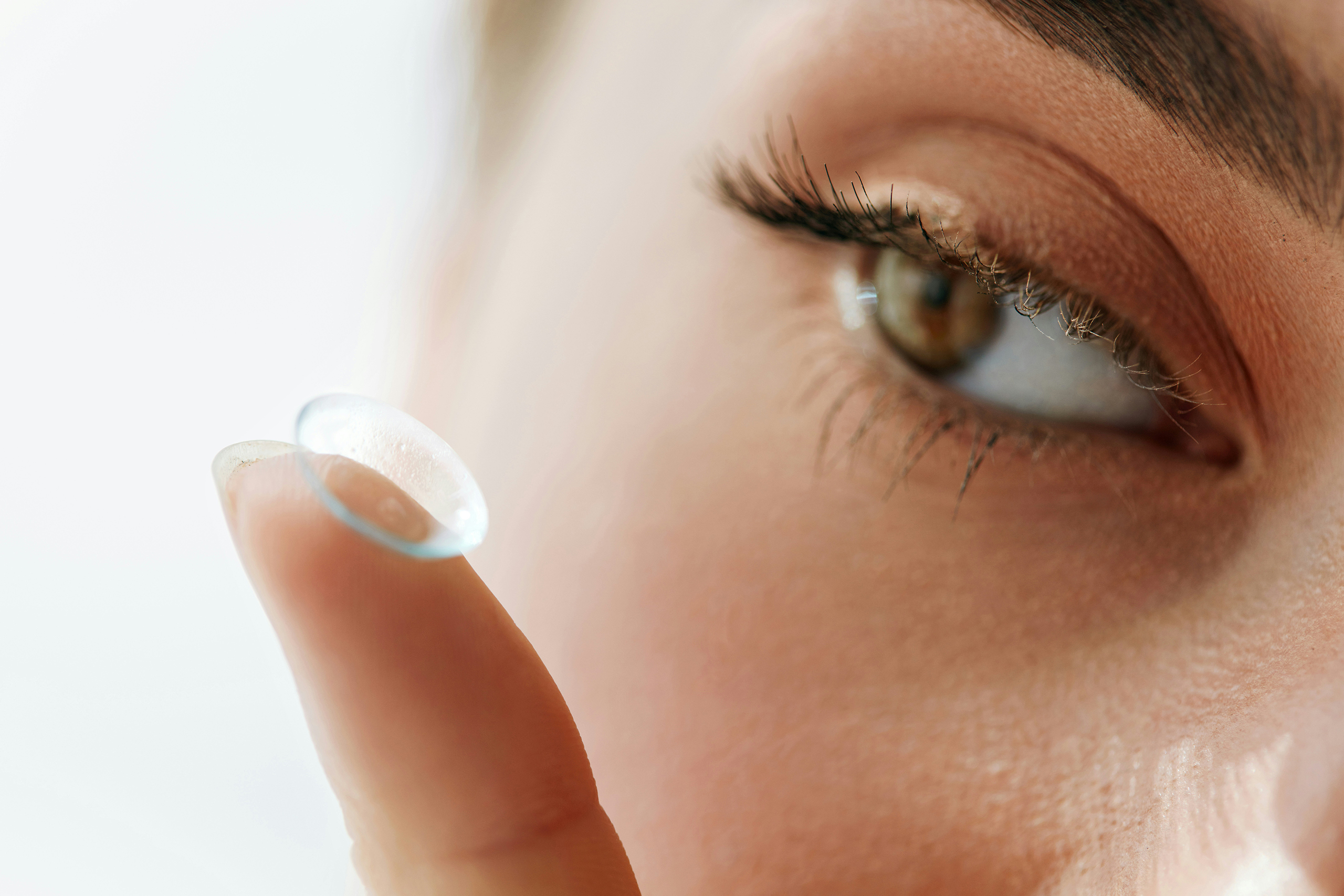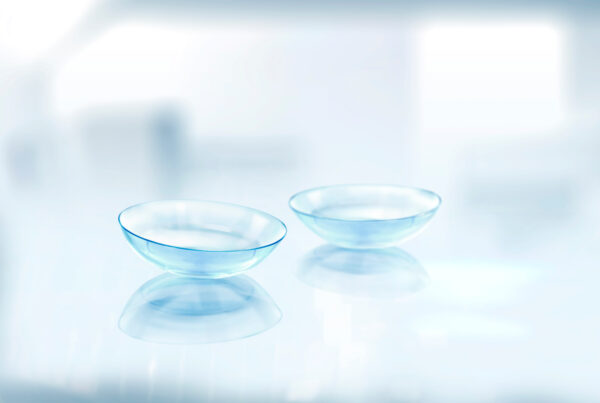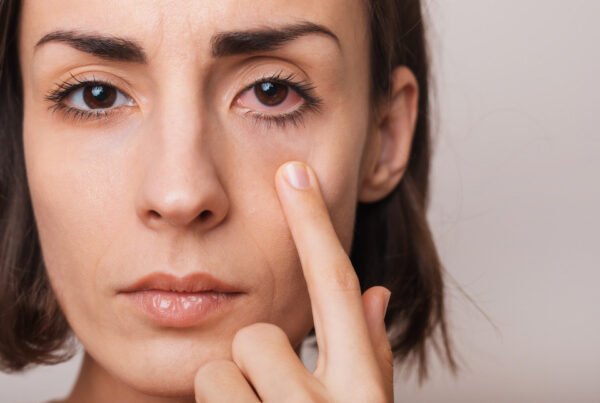
We’ve all heard the terms Bronze and Iron age to describe periods of time in history, well many scientists depict our era as the Plasticene from 1945 onwards. Worldwide distribution and abundance of microplastics have led to the ubiquitous presence in our environment, including our body. The health concern from these microplastics is both the physical effects and the chemical effects. The chemical effects arising from additives such as phthalates, BPA- bisphenol A, heavy metals, and flame retardants. Physically, one of the major entry points of microplastics is through ingestion of contaminated food such as sugar, salt, bottled water and fruits and vegetable grown in polluted soil. The Great Pacific Garbage Patch, the size of Texas holding 14 million tons of microplastics on the ocean floor, contaminates our marine life for human consumption.
The impact on human health is concerning agencies from the World Health Organization to our own CDC which has recently reported urine samples of over 2500 individuals containing BPA in almost every sample. While wide reaching effects on our gut microbiome, inflammation and immune system are plausible, it’s the endocrine-disrupting properties of these additives that are directly impacting dry eye syndrome.
Specifically, Bisphenol A (BPA) is a known endocrine disrupter as it is estrogenic. It’s been confirmed in studies to be associated with obesity, cardiovascular disease, reproductive disorders and breast cancer. These estrogenic compounds bind to estrogen receptors, altering hormone signaling. These signals disrupt maturation of eggs and spermatogenesis, and associated with lower testosterone levels in men and associated with polycystic ovarian syndrome leading to elevated testosterone in some women. In addition to estrogen receptors there is evidence that BPA binds to thyroid and androgen receptors directly.
One of the largest demographic populations for dry eye syndrome is post-menopausal women primarily due to the lower testosterone levels. Testosterone binds to the androgen receptors in the lacrimal (water) gland and the meibomian (oil) glands influencing the production of two of the three layers of the tear film. Some scientists suggest that recent studies on semen samples showing microplastics are a plausible association for a decades long reduction in sperm counts in men. As incidences of dry eye continue to rise, the possibility of an atypical population of young men may point to these downstream effects of microplastic exposures.
BPA can be eliminated or detoxified through the process of glucuronidation relatively rapidly through enzymes called UDP-glucuronosyltransferases (UGTs). These UGTs present the probability that there are variable rates of elimination in the population due to genetic alterations called polymorphisms. The predominant UGT glucuronidation of BPA is UGT2B15. However, the most studied UGT is the UGT1A1 enzyme that has been identified and commonly referred to as a “benign” condition called Gilbert’s which is noted by elevated unconjugated bilirubin levels in absence of liver disease. This studied polymorphism of UGT1A1 has been identified as being upregulated by some health practices. So, there is hope to keep levels in line with health. Vitamin C has been shown to improve glucuronidation detoxification along with quercetin, carotenoids such as carrots and yellow vegetables, flavonoids in berries, cruciferous vegetables such as broccoli, collards, kale, and astaxanthin and fatty acids found in salmon and krill, pomegranate and green tea.
Of course, the best way to reduce BPA levels is to reduce exposure. Most people are not aware that thermal paper receipts are coated with plasticizers containing BPA. Drink filtered water in glass and stainless rather than water bottles and definitely don’t drink hot liquids from a commercial to-go coffee cup. Transfer it to your stainless mug immediately. Avoid canned food unless you know they’re BPA-free cans. Buy plastic free tea bags. Watch out for BPS which is being substituted to provide the false security of the BPA-free labeling. Check out personal care products and make-up on Skin Deep the Environmental Working Group’s app.



